
Tap to Read ➤
Mullein Leaf Extract
Leena Palande


The thick cover of trichomes on mullein leaves gives them a silvery appearance. Mullein leaf extract is used to treat a number of disorders, especially, respiratory disorders. Scroll down to know for which therapeutic purposes the leaves of mullein plant are being widely used for.
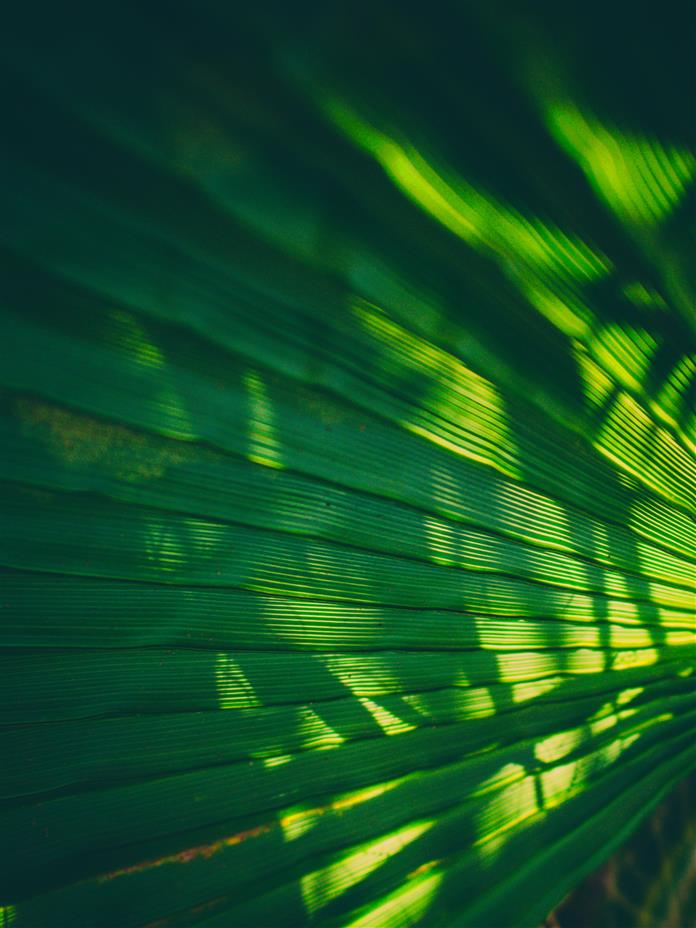
Mullein or Verbascum thapsus belongs to the family Scrophulariaceae. It is also recognized by various other common names like witches candle, velvet plant, candlewick, lungwort, grandmother's flannel, feltwort, flannel-leaf, hare's-beard, etc. The thick, soft and decurrent mullein leaves are woolly in appearance. The leaf extract is available in almost all health stores.
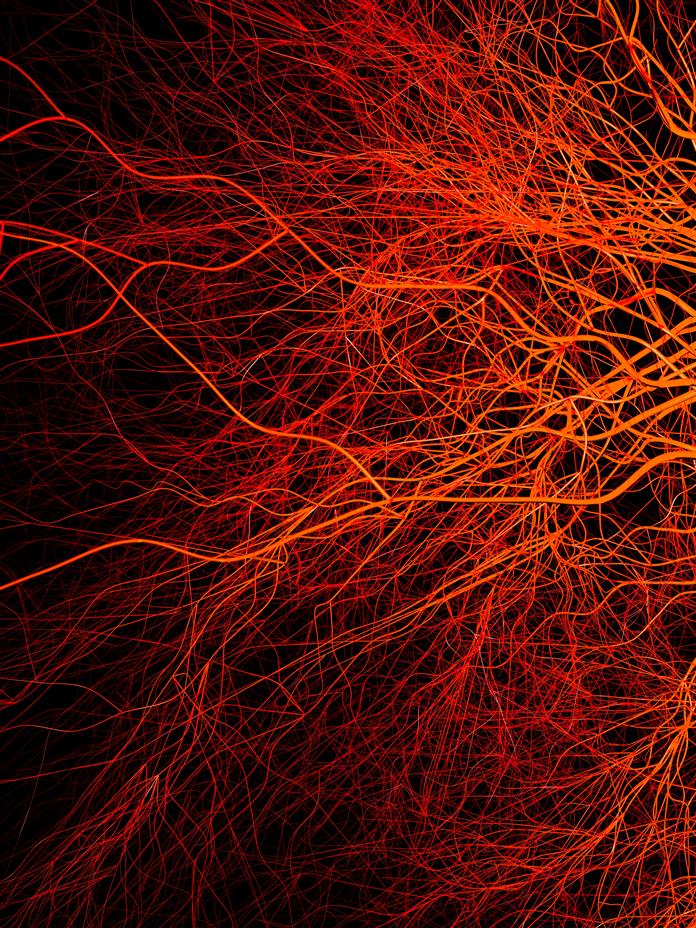
The characteristic feature of mullein plant is that it is covered with star-shaped trichomes. The plant provides herbal medicines for a host of ailments. They are native to Europe and some Asian regions and often exist as weeds in barren lands. 19th century people used to smoke mullein roots and dried mullein flowers to treat respiratory diseases and asthma symptoms. Mullein is an 'old world' plant.

Mullein Leaf Benefits
- Chewing a leaf of mullein plant helps alleviate toothache.
- The diuretic properties of the leaves help prevent fluid retention.
- The leaf extract is used to treat diarrhea and hemorrhoids.
- The extract helps strengthen the lymphatic system.
- The extract is used to treat painful urination.
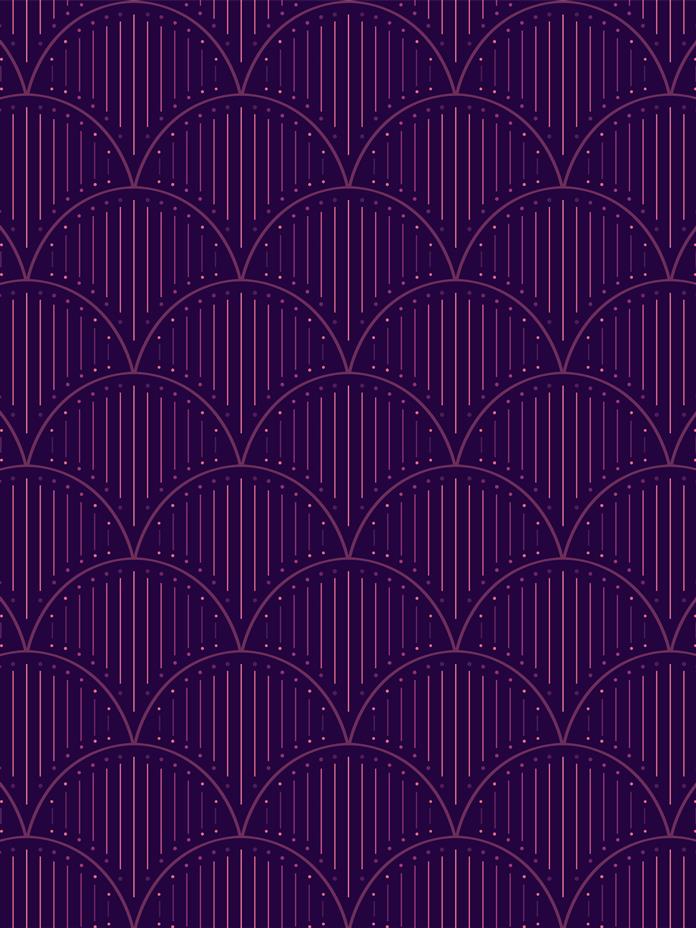
- Extract of these leaves, when made in olive oil, helps relieve earache and inflammation.
- The leaves can boost your immune system and can protect you from diseases and infections.
- The extract helps get rid of insomnia, constipation and kidney problems.
- The leaves provide relief from minor rashes, burns, inflammation, etc. when applied externally over the skin.
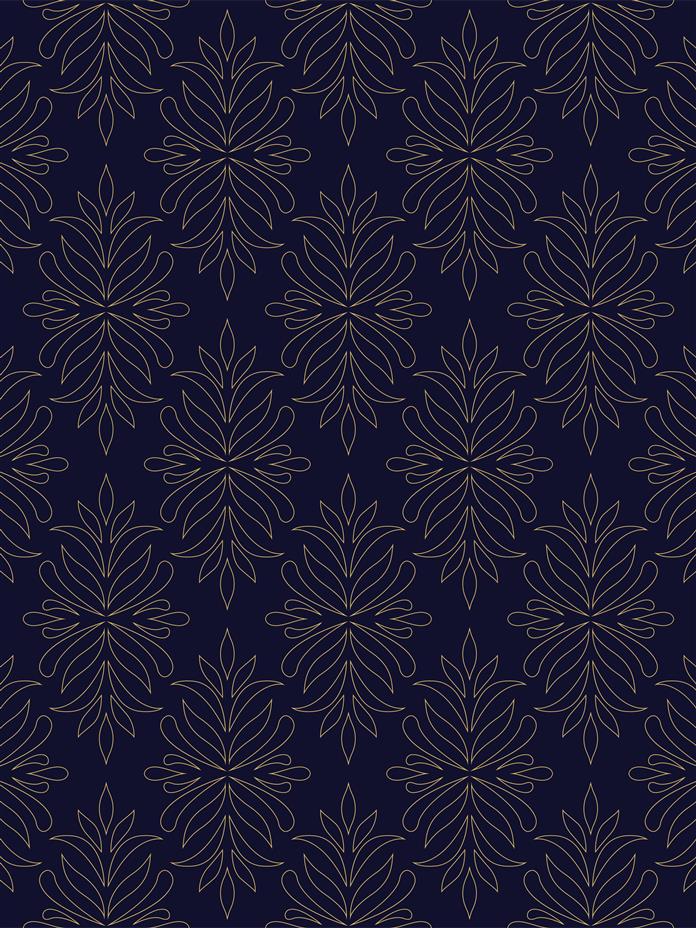
- The extract is beneficial in curing bleeding of the lungs or tuberculosis. It is also used to treat bleeding of the bowels.
- Mullein, a terrific narcotic herb is not addictive or poisonous. So, the leaf extract can be used as a painkiller and to bring on sleep.
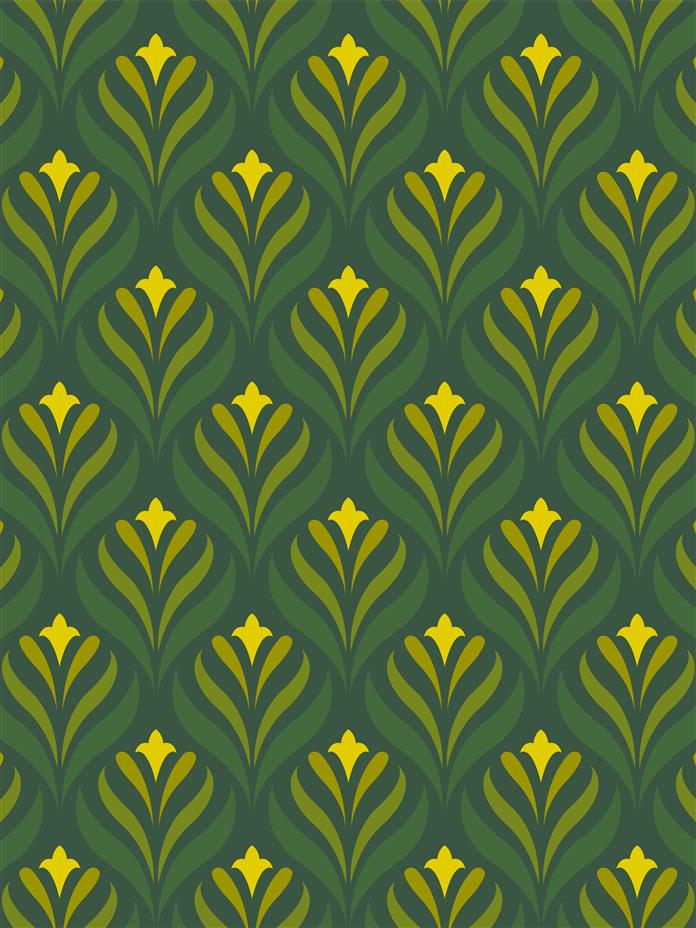
- The leaves carry expectorant and demulcent properties. The leaves promote discharge of mucus and help soothe irritated mucous membranes.
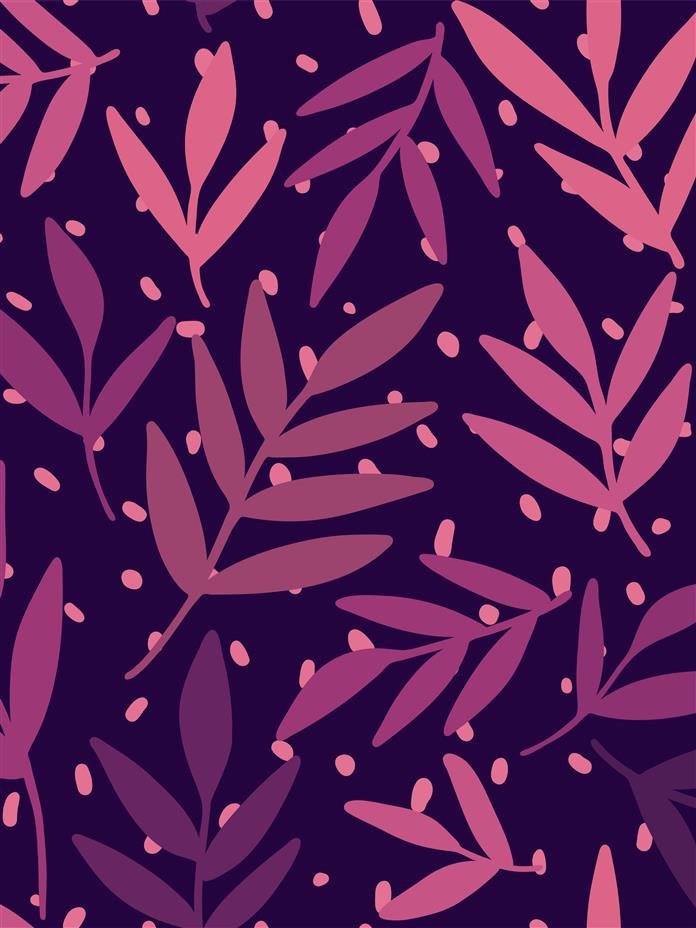
- Fresh leaves, boiled in milk help lower tuberculosis symptoms. It is an Irish traditional folk remedy for tuberculosis. Patients are expected to consume it daily. When the same mixture is applied externally in the form of a poultice, it helps cure boils, carbuncles, chilblains, hemorrhoids and skin ulcers.
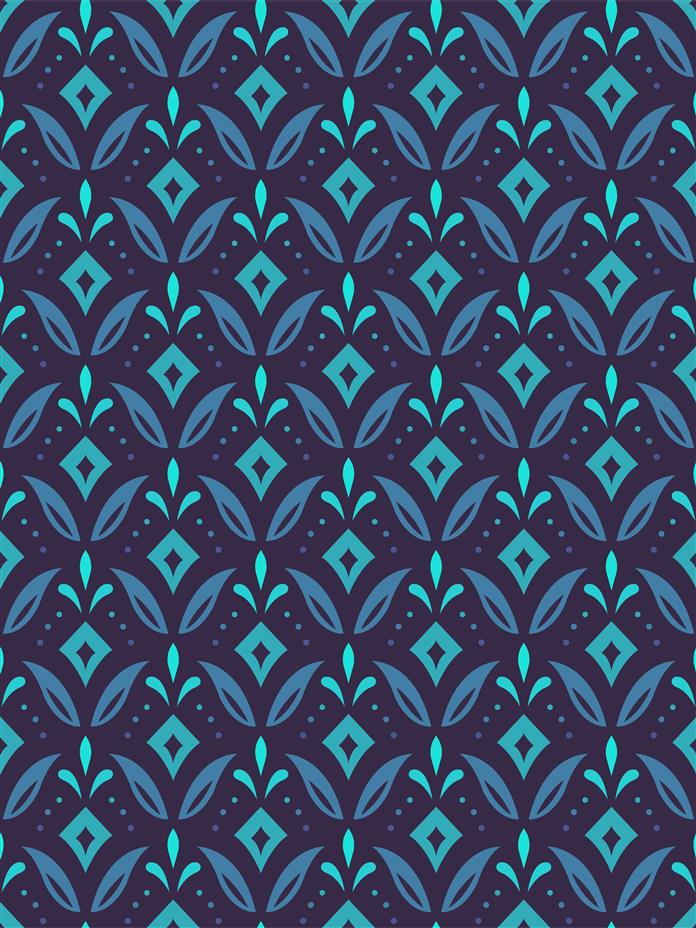
- Mullein tea, made from the flowers and leaf extract, works great for headache, bronchitis, asthma, dry coughs, sore throat, tonsillitis and hoarseness. In ancient times too, tea made from these leaves and flowers was used as an antispasmodic, diuretic and effective herbal medicine for chest pain, cold, asthma, bronchitis, cough and kidney infections.
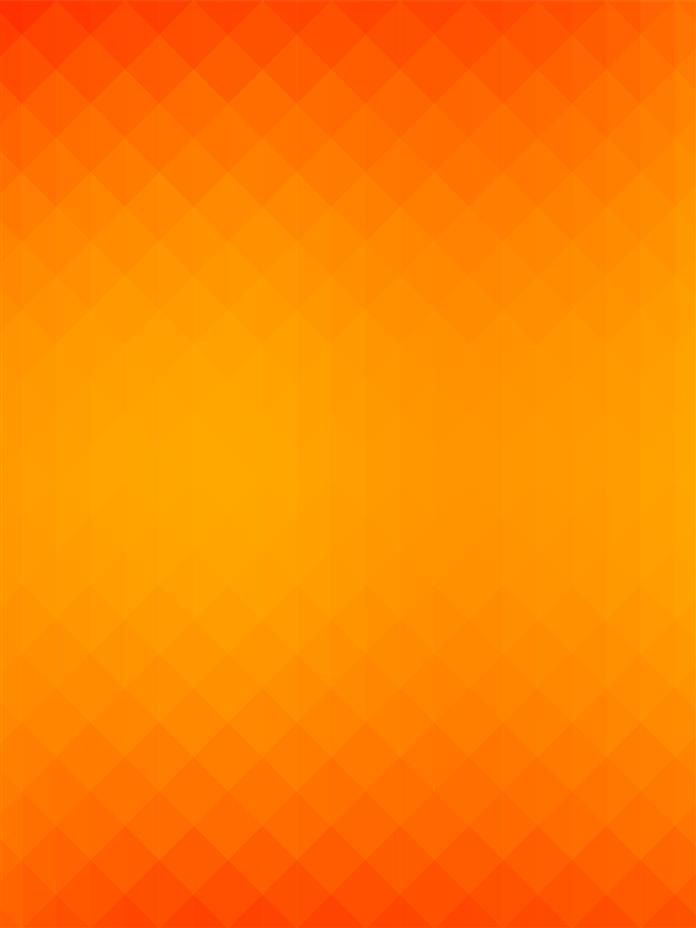
Side Effects
- You should immediately consult your physician if you experience sedation or skin inflammation, after consumption of mullein extract.
- Those who notice such side effects may consume the leaves after combining them with certain other drugs. Correct combination with other herbal medicines can alter the action of the leaves and you can avoid the side effects.
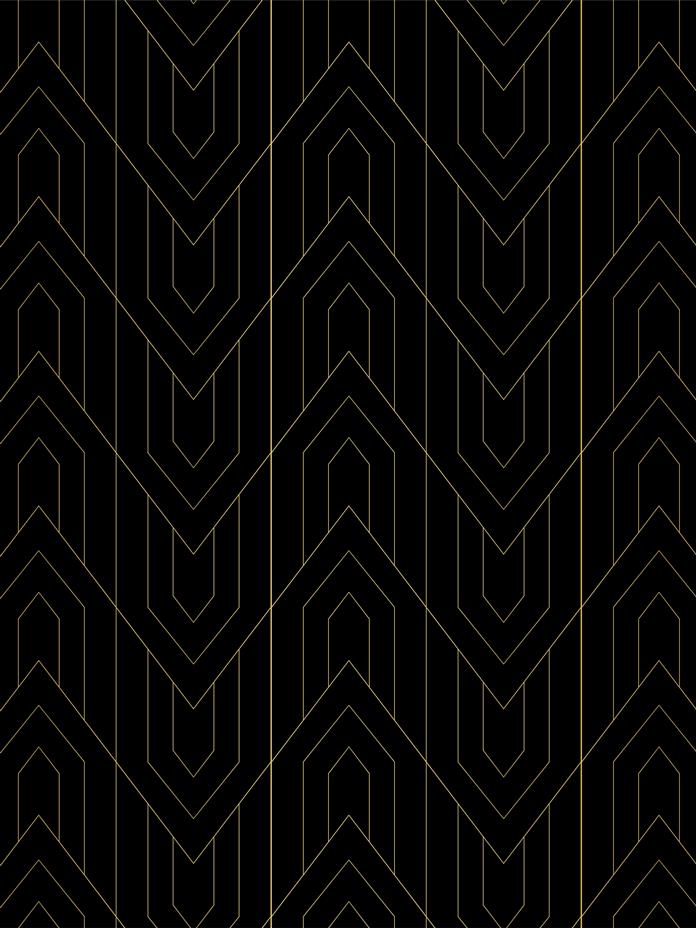
- For this, you need to consult your health care practitioner.
- Leaves of the mullein plant may cause contact dermatitis.
- Moreover, mullein has been reported to make anti-diabetic drugs ineffective. It may interact with the prescription diuretic drugs and may cause a loss of potassium from the body.

Studies show that mullein contains rotenone, coumarin, mucilage, saponins, volatile oil, bitter glycosides, gum and flavonoids including hesperidin. It is sometimes used after mixing with other medicinal herbs like comfrey, echinacea, Irish moss, yarrow, garlic or ginseng. Experts suggest that you should purchase mullein leaf extract only from the established manufacturers.
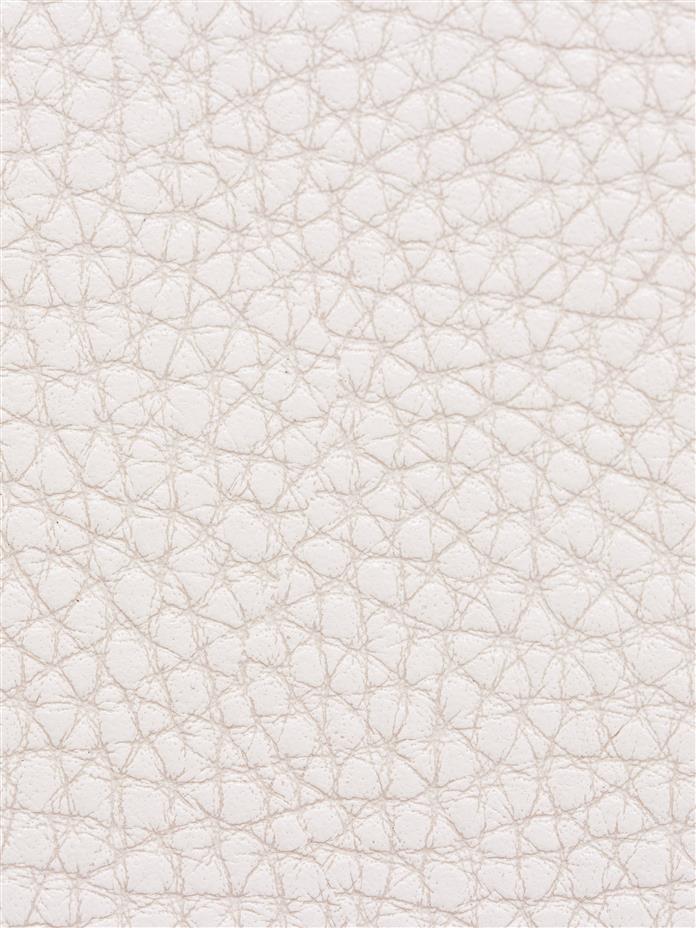
Disclaimer: This article is for informative purposes only, and should not be used as a replacement for expert medical advice.